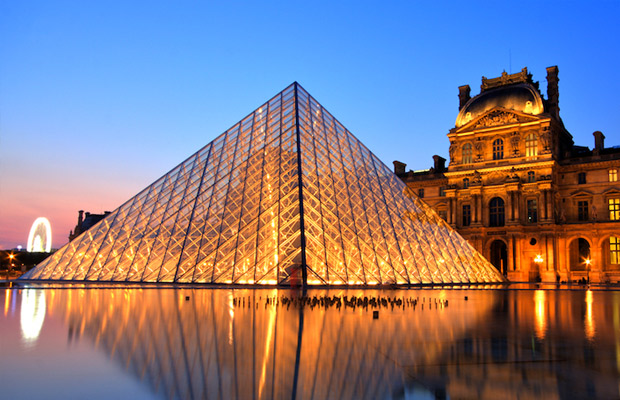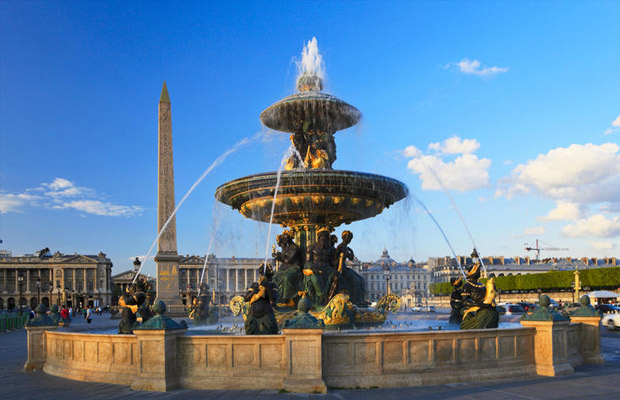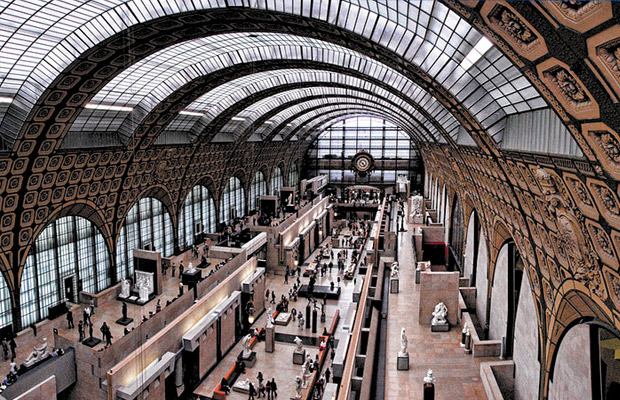Louvre Museum
Louvre Museum
France
Paris
Paris Travel Guide
Book Tour & Activities
Your tour in Paris.
Book your stay
Your hotel in Paris.
Overview
The Louvre, or the Louvre Museum, is the world's largest art museum and a historic monument in Paris, France. A central landmark of the city, it is located on the Right Bank of the Seine in the city's 1st arrondissement.
Approximately 38,000 objects from prehistory to the 21st century are exhibited over an area of 72,735 square meters. In 2019, the Louvre received 9.6 million visitors, making it the most visited museum in the world. The museum is housed in the Louvre Palace, originally built as the Louvre castle in the late 12th to 13th century under Philip II. Remnants of the fortress are visible in the basement of the museum. Due to urban expansion, the fortress eventually lost its defensive function, and in 1546 Francis I converted it into the primary residence of the French Kings. The building was extended many times to form the present Louvre Palace. In 1682, Louis XIV chose the Palace of Versailles for his household, leaving the Louvre primarily as a place to display the royal collection, including, from 1692, a collection of ancient Greek and Roman sculpture.
The Louvre Palace, which houses the museum, was begun as a fortress by Philip II (more commonly known as 'Philippe-Auguste') in the 12th century to protect the city from English soldiers who were in Normandy. Remnants of this castle are still visible in the crypt. Whether this was the first building on that spot is not known; it is possible that Philip modified an existing tower. According to the authoritative Grand Larousse encyclopédique, the name derives from an association with wolf hunting den (via Latin: lupus, lower Empire: lupara). In the 7th century, St. Fare, an abbess in Meaux, left part of her "Villa called Luvra situated in the region of Paris" to a monastery, this territory probably did not correspond exactly to the modern site, however.
The Louvre Palace was altered frequently throughout the Middle Ages. In the 14th century, Charles V converted the building into a residence and in 1546, Francis I renovated the site in French Renaissance style. Francis acquired what would become the nucleus of the Louvre's holdings, his acquisitions including Leonardo da Vinci's Mona Lisa. After Louis XIV chose Versailles as his residence in 1682, constructions slowed; however, the move permitted the Louvre to be used as a residence for artists, under Royal patronage. Four generations of Boulle were granted Royal patronage and resided in the Louvre in the following order: Pierre Boulle, Jean Boulle, Andre-Charles Boulle and his four sons (Jean-Philippe, Pierre-Benoît (c. 1683–1741), Charles-André (1685–1749) and Charles-Joseph (1688–1754)), after him. André-Charles Boulle (1642–1732[18]) is the most famous French cabinetmaker and the preeminent artist in the field of marquetry, also known as "Inlay". Boulle was "the most remarkable of all French cabinetmakers". He was commended to Louis XIV of France, the "Sun King", by Jean-Baptiste Colbert (1619–1683) as being "the most skilled craftsman in his profession". Before the fire of 1720 destroyed them, André-Charles Boulle held priceless works of art in the Louvre, including forty-eight drawings by Raphael.
Address: Rue de Rivoli, 75001 Paris, France
Established: August 10, 1793
Hours: Closed ⋅ Opens 9AM Wed
Tickets: €0–17 · ticketlouvre.fr
Architects: Pierre Lescot, Louis Le Vau, Claude Perrault
Video Travel Inspiration
See Louvre Museum on Map
Most Popular Cities

Siem Reap
Cambodia
Ho Chi Minh City
Vietnam
Beijing
China
Paris
France
London
United Kingdom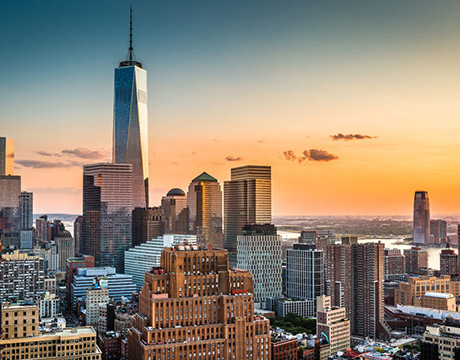
New York
USA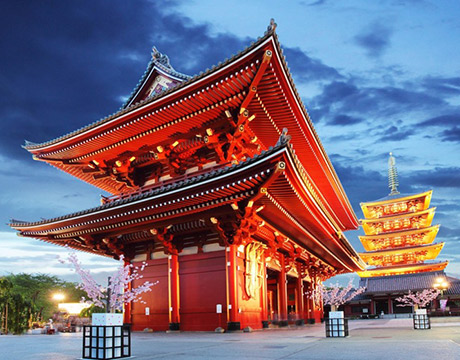
Tokyo
Japan
Bangkok
Thailand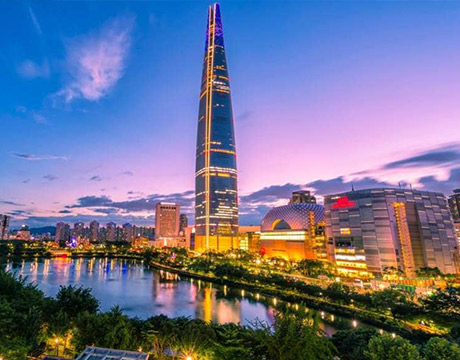
Seoul
South Korea
Vientiane
Laos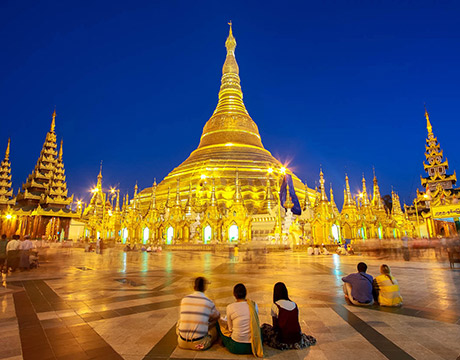
Yangon
Myanmar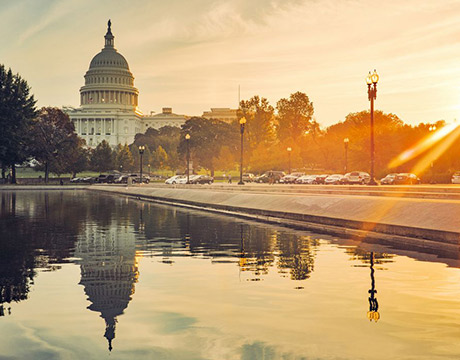
Washington DC
USA
Los Angeles
USA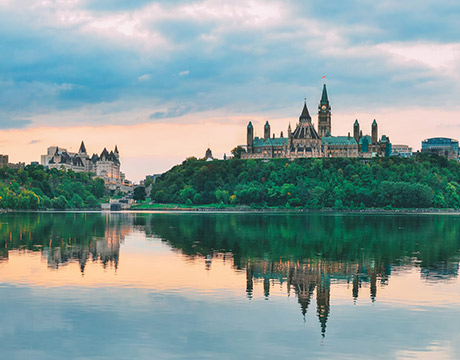
Ottawa
Canada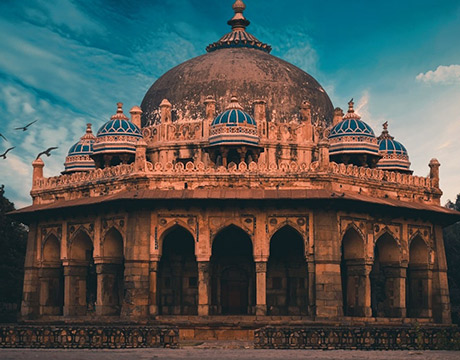
New Delhi
India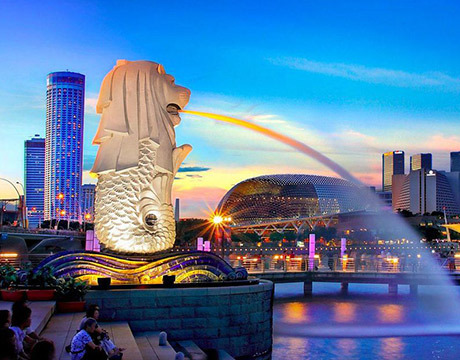
Singapore
Singapore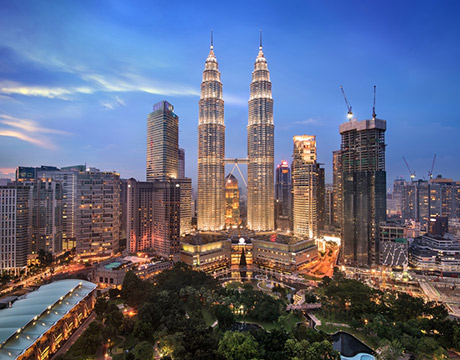
Kuala Lumpur
Malaysia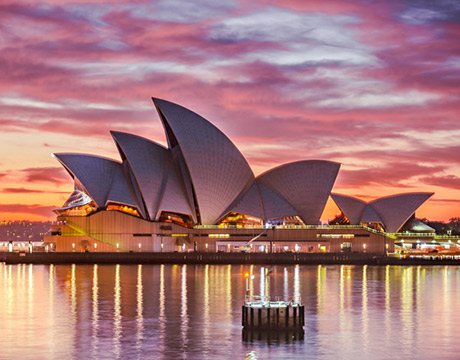
 English
English French
French Khmer
Khmer Thai
Thai Vietnamese
Vietnamese Chinese
Chinese Korean
Korean German
German Japanese
Japanese Italian
Italian Russian
Russian Spanish
Spanish Dutch
Dutch Indonesian
Indonesian Malay
Malay
